Bribie Island Butterfly House
Bribie Island – Queensland – Australia
Tickled and enchanted by butterflies
At Bribie’s Butterfly House
I think we would be hard pressed to find someone that doesn’t like butterflies. Who wouldn’t be enchanted?
Beautiful, fragile and gentle, flitting from bloom to bloom, sipping nectar here and there, a sense of magic and peace floats over me like a veil as I stand in wonder at Bribie Island Butterfly House.
One rests on my shoulder as another one trembles past my cheek and settles on my head. A few more land on the information sheet I was browsing, that was handed to us at the entrance. Relaxing for a few moments, they soon flutter away, looking for a better landing spot.
An hour spent at the butterfly house fled past before we knew it. Do you think I was enchanted?
Is it worth visiting an enclosed butterfly house or garden?
Walking into an enclosed garden, house or area devoted to butterflies will allow you to be instantly surrounded by these winged beauties. Strolling around a wonderland of fluttering butterflies with continuous close encounters will give you firsthand experience. Coupled with knowledge and information, it can be an experience that will be unforgettable.
Bribie Island Butterfly House provides just that. A tiny hidden gem, it offers visitors a delightful opportunity to stroll amongst hundreds of live Australian butterflies in a tranquil setting. It also brings awareness to the fragility of butterflies.
So many butterflies!
What makes it even more special is that it is community run by knowledgeable volunteer guides that are ready to educate you or answer any of your butterfly questions, from eggs, to caterpillars, through to chrysalis or pupa stages and eventually an adult butterfly.
It is unbelievable to think that between 700 to 1000 butterflies are housed in this small outdoor sanctuary where they can safely fly, feed and breed. At the butterfly breeding lab viewing area, the volunteers are constantly at work, looking after the eggs and chrysalises, as well as feeding hungry caterpillars.
Cairns Birdwing male underside
The purpose and benefits of butterflies
Butterflies aren’t just about pretty wings. Granted, if they weren’t so pretty we might ignore them a little more than we should. But they serve a huge purpose on earth. They are also extremely fragile and mostly short-lived.
The diversity and abundance of butterflies have declined due to loss of habitat and plants that provide food for caterpillars, so go easy on those pesticides.
As sad as it sounds, butterflies contribute to the environment by being a food source for some creatures. It is all part of the life cycle. They also pollinate flowers and plants.
Not to continue making this sound like a biology lesson, the larvae of some butterflies eat harmful insects. Other beneficial insects are attracted by butterflies, therefore helping to control garden pests.
Interesting and Fun facts about butterflies and caterpillars
Certain species of butterflies live for two weeks while others may live up to nine months.
Until 1912 scientists thought butterflies were deaf. They then discovered they had ears.
If it was possible for a human baby to grow as fast as a monarch caterpillar, in just two weeks it would be as big as a double decker bus.
A butterfly drinks through a proboscis, a long tube that is like a straw, which is curled up when not in use. They sometimes drink moisture and minerals from wet soil or even manure.
Butterflies taste with their feet and are very fussy about the kind of plant they lay their eggs on, therefore tasting the leaves before they proceed.
Australia’s largest butterfly is the Cairns Birdwing.
Some butterflies fly great distances, some even up to 4 000 kilometres. They migrate to escape winter or to find a better food source.
The life cycle of a butterfly consists of four parts: the egg (ova), the caterpillar (larva), the chrysalis (pupa) and the butterfly (adult).
The chrysalis stage varies and can last weeks, months or sometimes years, depending on when the environmental conditions are right for the butterfly to emerge.
One of the differences between butterflies and moths are that butterflies mostly fly during the day and moths at night.
When a tiny caterpillar emerges from its egg, the very first meal it eats is its eggshell. Its entire life consists of eating its own weight in leaf material every day.
A newly emerged butterfly sucks in air and the fluid (haemolymph) in its body is pumped into its tiny wings until they expand to their full size.
A newly emerged butterfly’s wings take a few hours to dry before it can fly.
Butterflies are mostly cold-blooded.
A butterfly eye is made up of 6,000 lenses and can see ultra-violet light.
Cairns Birdwing
Cairns Birdwing
The purpose and benefits of stick insects
An added bonus at Bribie Island Butterfly House are their resident stick or leaf insects. While stick insects may seem insignificant, they too play a vital role in maintaining a healthy balance to the ecosystem.
Fascinatingly weird and wonderful tricksters, stick insects are not often seen when walking through nature, because they blend in so well into their environment. They have remarkable camouflage, using both passive and active disguise through colour, shape, movement and posture.
Butterflies are easy to see but can you spot the stick or leaf insects? There are a few.
Interesting and fun facts about stick insects
The Spiny leaf insect is endemic to rainforests in Australia, mainly in eastern Queensland and eastern New South Wales.
Stick insects mimic the leaves on which they feed and are herbivores.
They play an important role in the regulation of plant populations by controlling early saplings that would produce an excess of successional plants, thereby facilitating in enriching the soil through secreting nutrients and as a result ensure effective recycling of tropical forests.
Females don’t need males to reproduce and also live longer than them, surviving for up to 18 months.
Males can take short flights on warm days and can only survive for about 6 to 8 months.
Their predators are birds, small primates, reptiles and spiders.
An insect can detach a leg, scuttle away and later regenerate or grow back a lost limb, if a predator grabs it by the leg.
Spiny leaf insect
Butterflies and stick insects
FAQ:
Essential and useful information when visiting.
When to visit Bribie Island Butterfly House: Open on Wednesdays and Sundays only between 10am - 4pm
Good to know: The venue is wheelchair accessible and stroller friendly.
How long should you visit? Allow approximately an hour for your visit to enjoy the experience.
Hot tip: Butterflies like bright colours, so wear colourful clothes for your visit. You might just have a close encounter with a butterfly. Don’t forget to have a camera ready.
Essential information: No dogs are permitted at the butterfly house except if they are guide, assistance and hearing dogs. Please provide your identity card at the ticket office. Your dog must wear their identifying coat or harness that shows they are a specialised dog.
Vital information: Bribie Island Butterfly house is only open on a Wednesday and Sunday from 10am - 4pm.
Important information: The Butterfly House may close without notice during severe thunderstorms or wet weather.
Cool tip: Sunny days are the best days to see butterflies.
Great initiative: 100% of Bribie Island Butterfly House’s surplus funds are donated to local, regional and international charities and groups, therefore making your visit more than worthwhile.
Where is Bribie Island Butterfly House?
Bribie Island Butterfly House is situated just over an hour’s drive north of Brisbane on Bribie Island in the Moreton Bay region. There are signs for the Butterfly House on First Avenue. They are on the right-hand side, just past the sports fields and behind the Orchid Society Hall.
Address: 206B First Avenue, Bongaree, Bribie Island, Queensland, Australia.
Why not make it a day visit to Bribie Island and visit some of the other attractions such as the Bribie Island Seaside Museum, the Bribie Island Community Arts Centre and Woorim Beach. There are some small restaurants and coffee shops where you can enjoy a meal, a snack or a drink.
On Pinterest? Pin for Later!
Save to read later









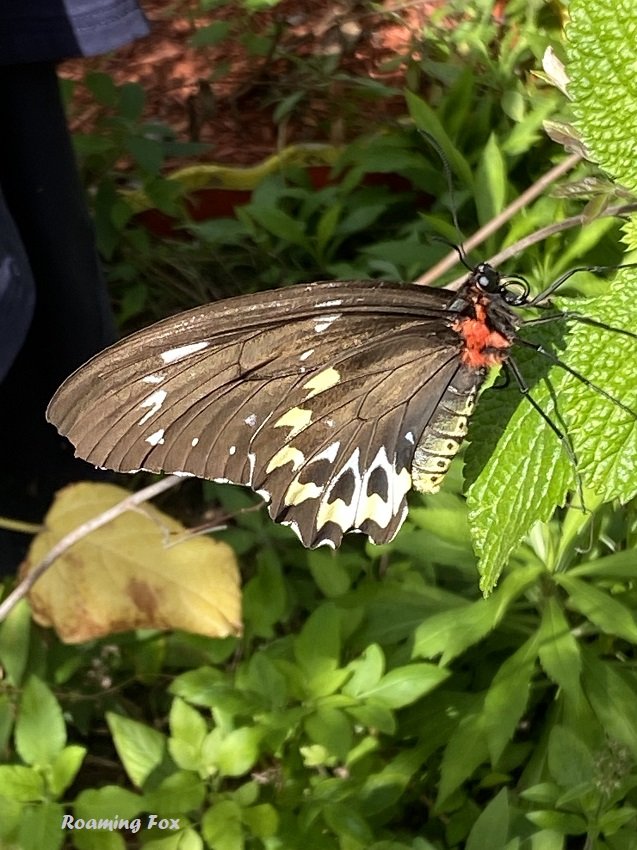
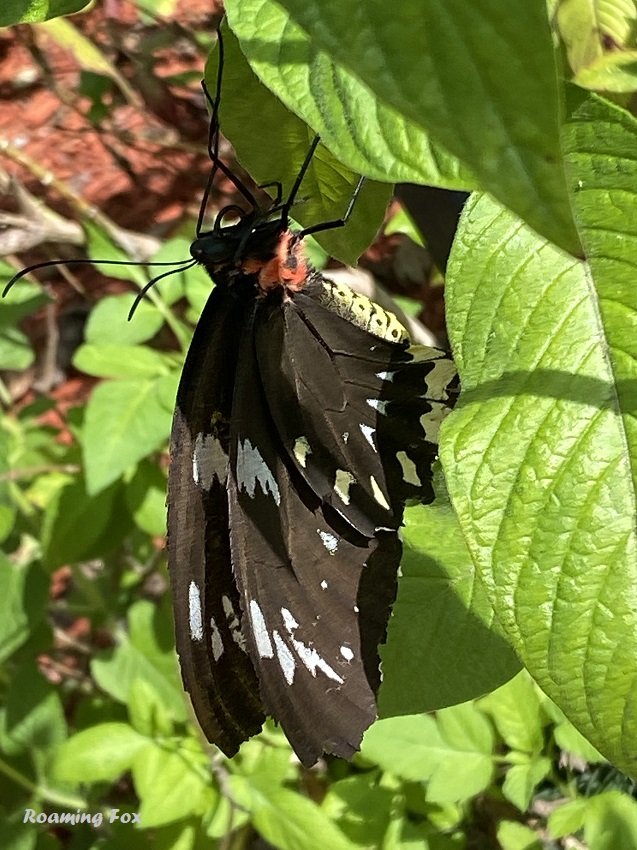




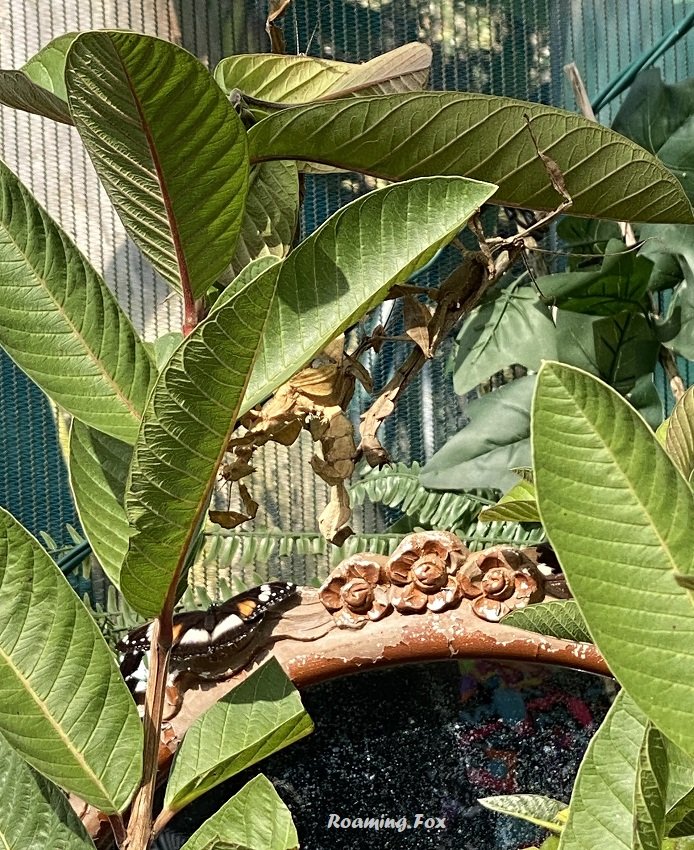


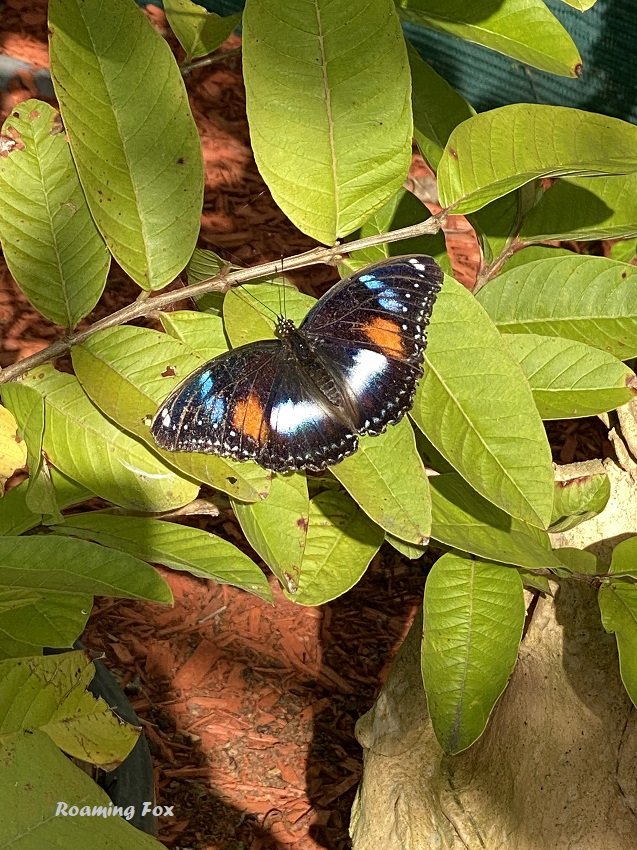



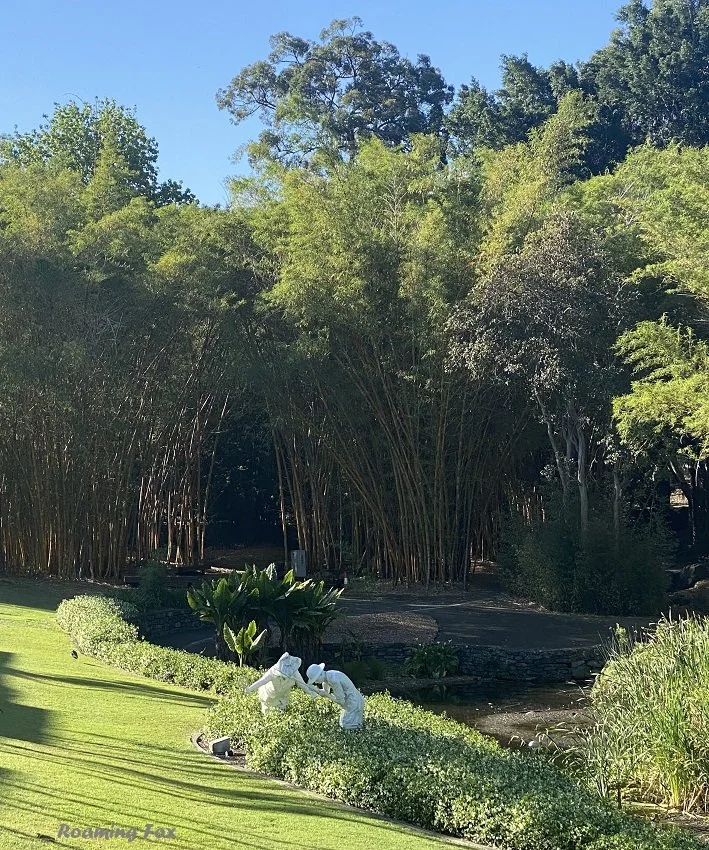
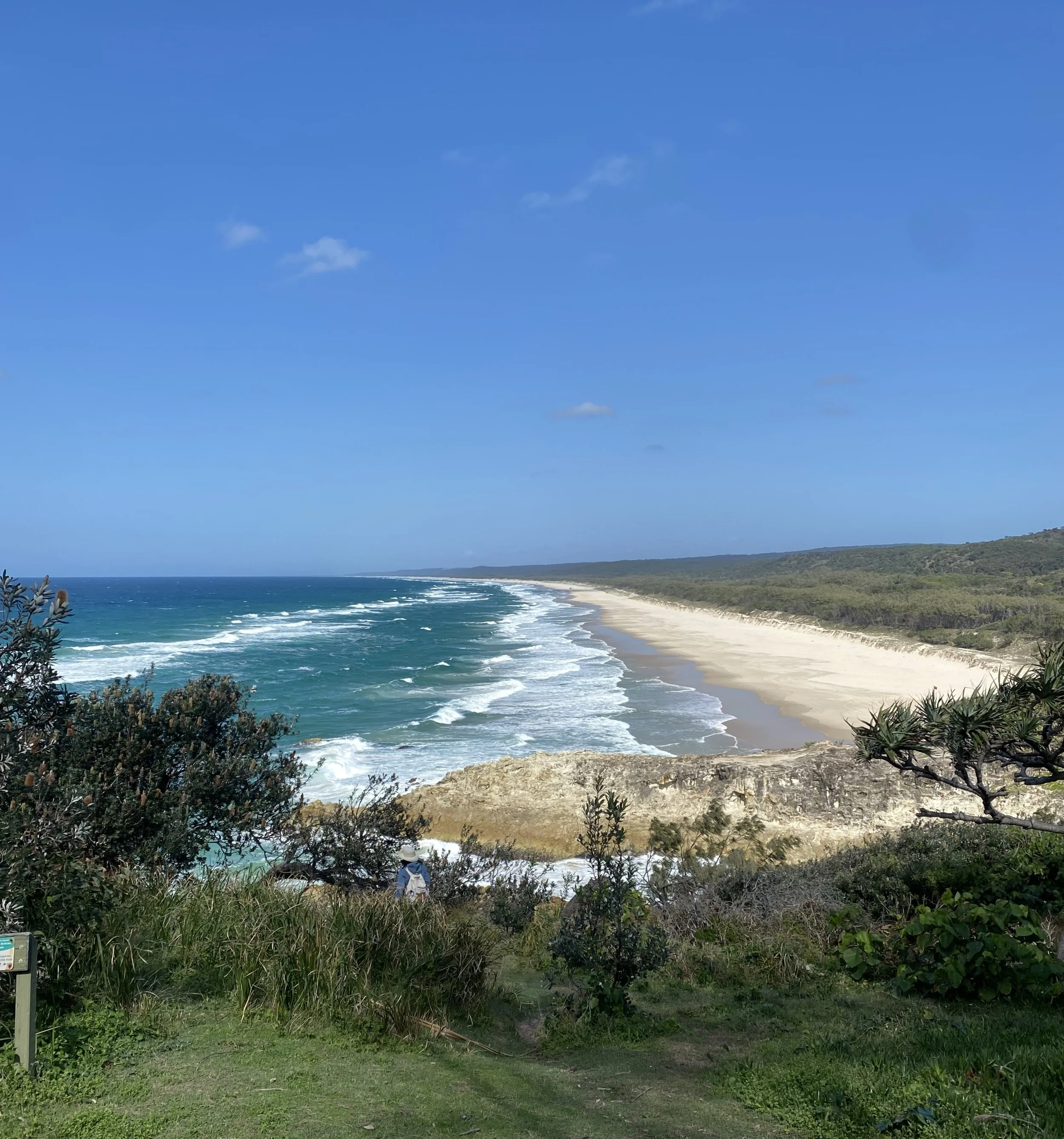
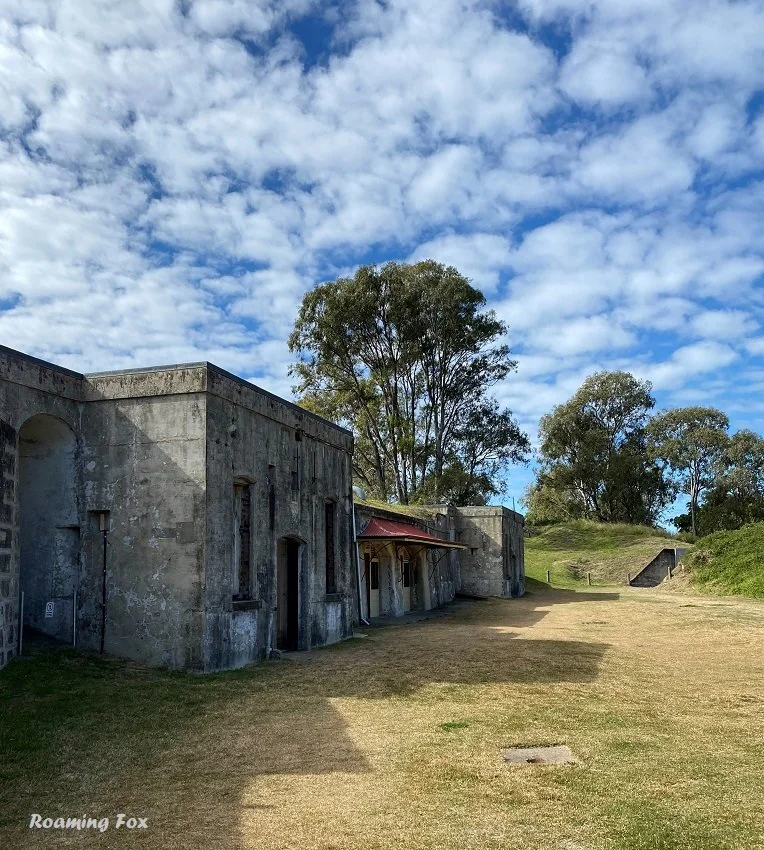
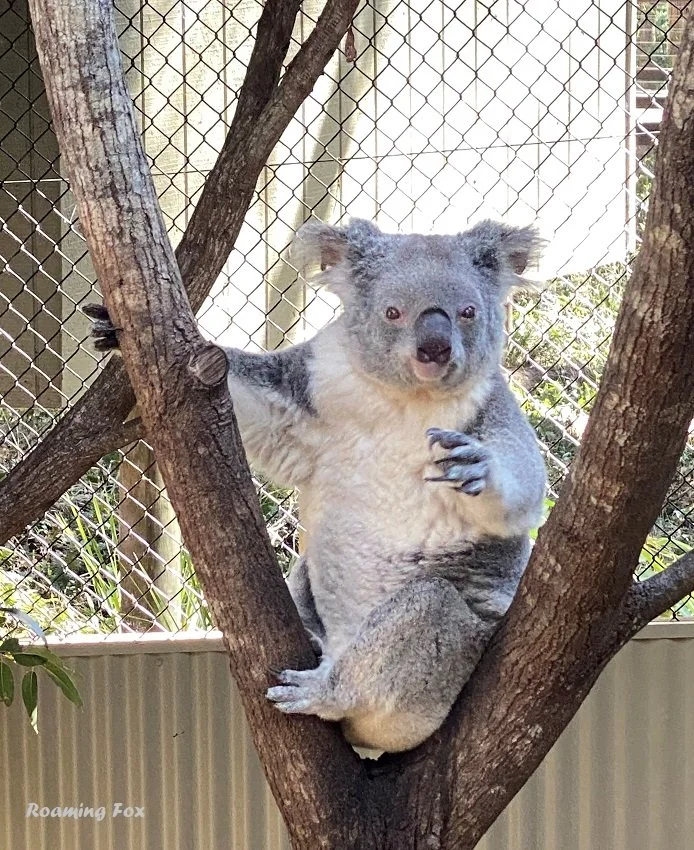
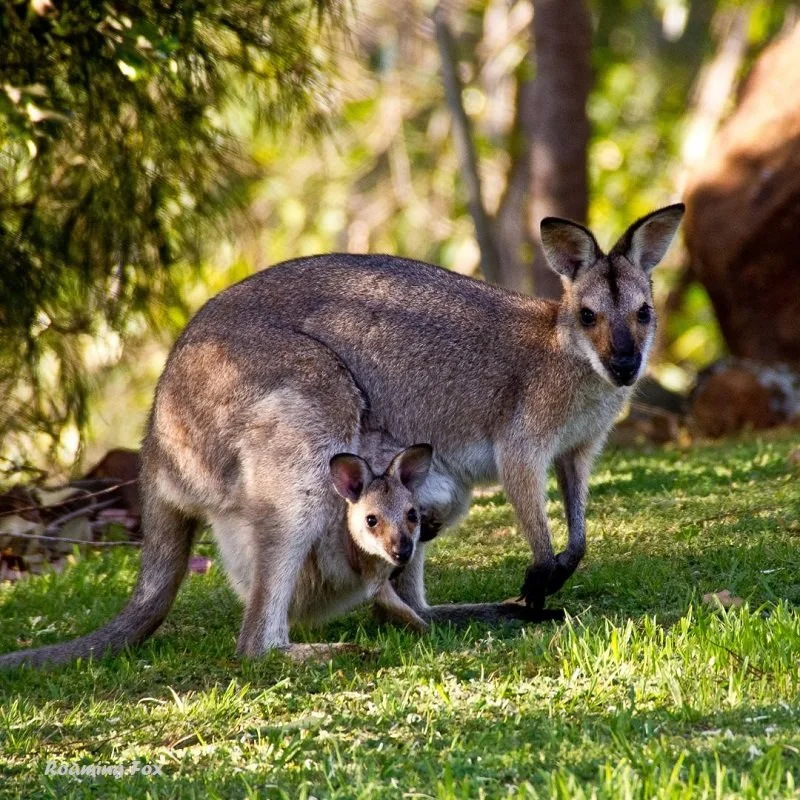









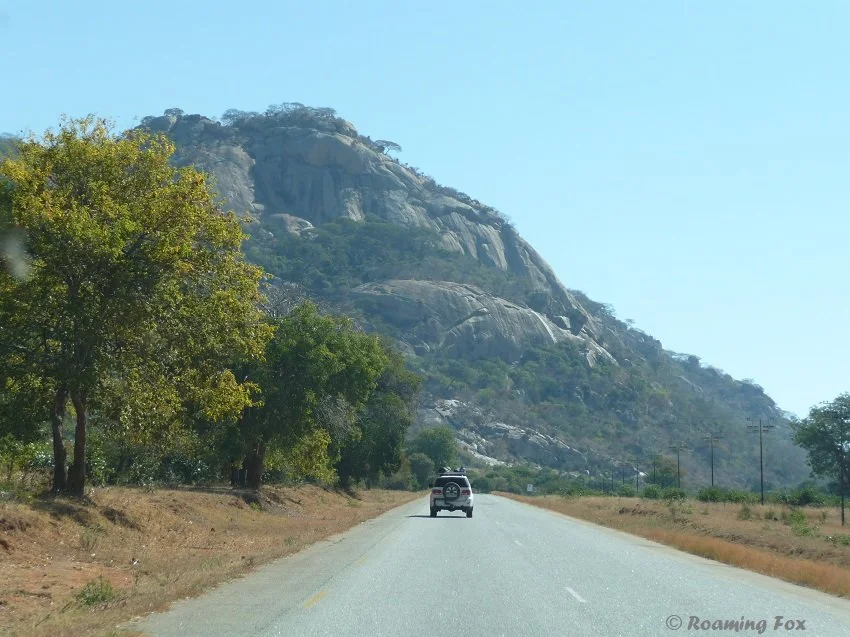




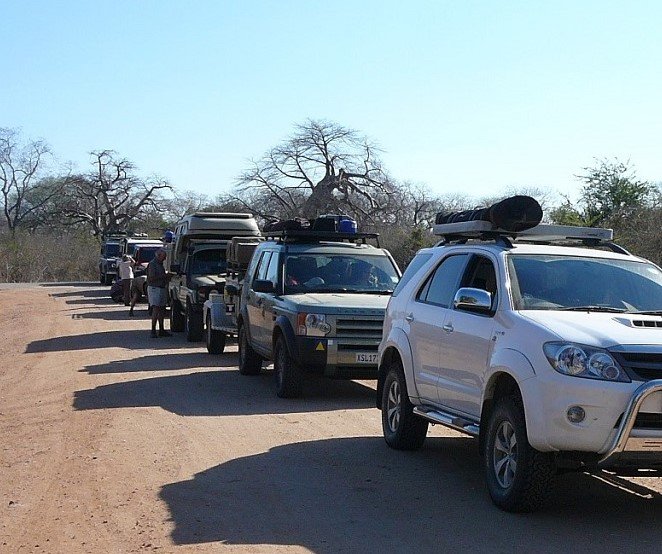
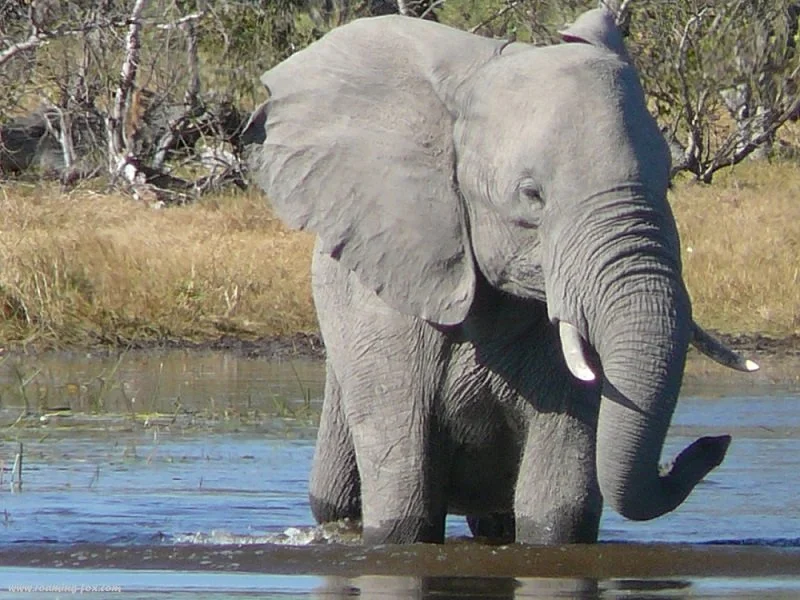



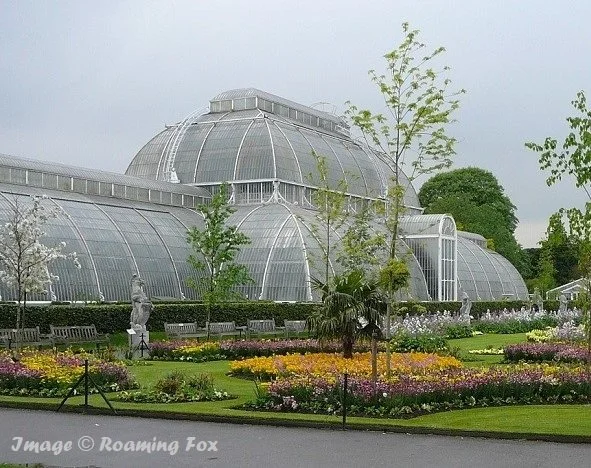



Across the bay from Brisbane lies Moreton Island, home to the Tangalooma Wrecks, a popular snorkel spot for visitors and locals of Southeast Queensland.